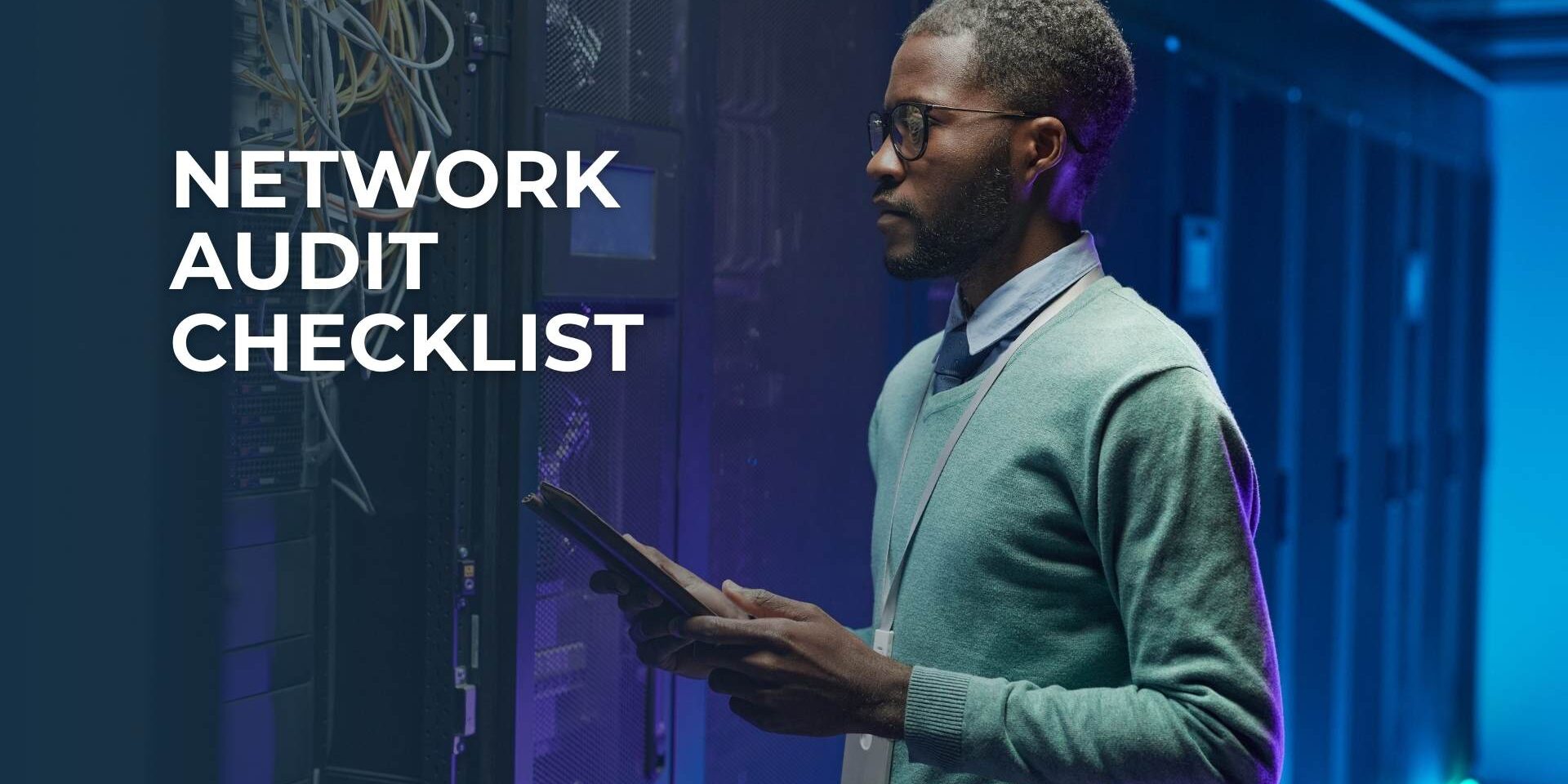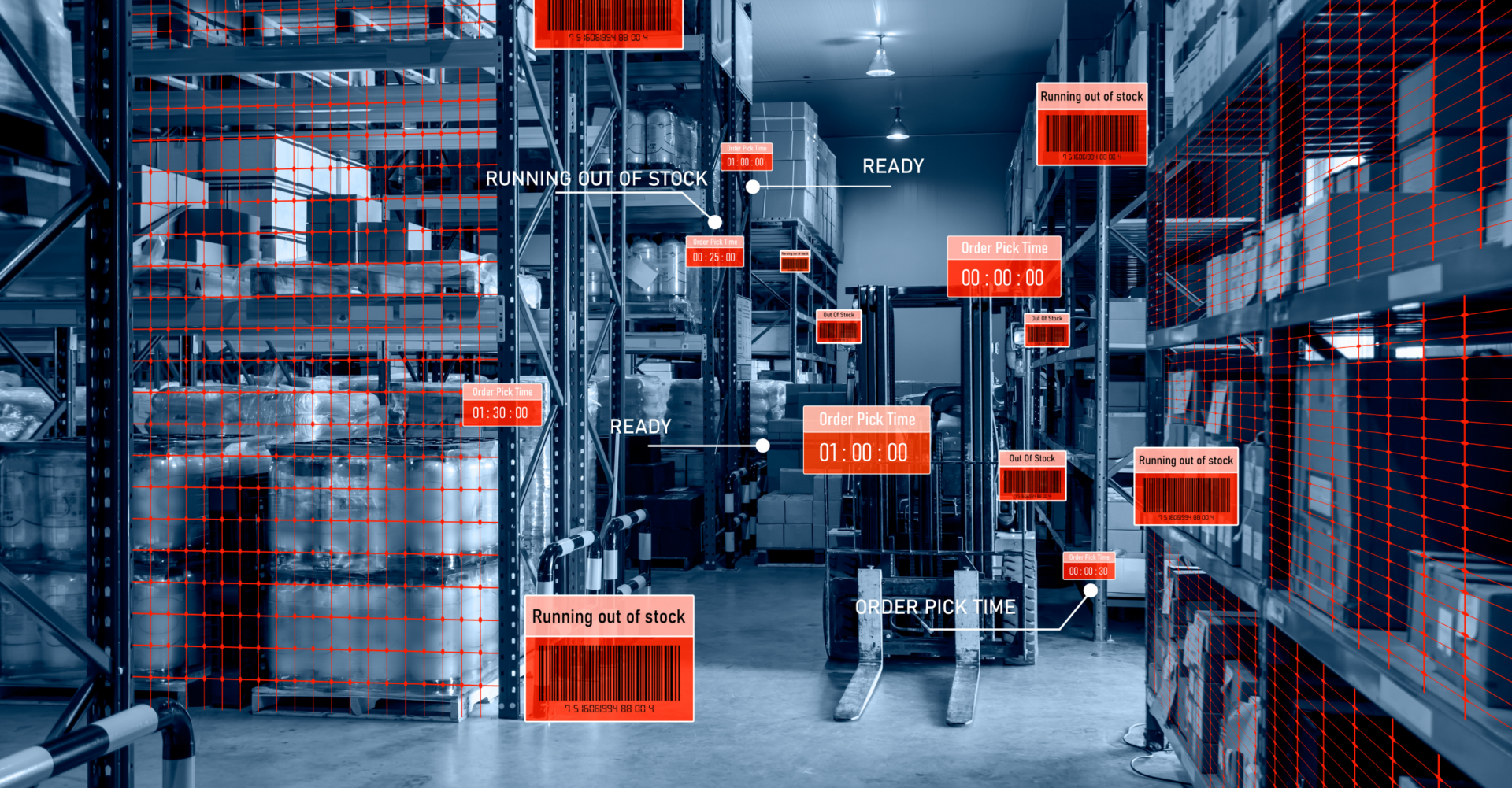
Your Complete Network Audit Checklist – 7 Things You Should Include
With a network audit checklist, you can quickly perform your audit and lay the results out clearly. If you don’t already have a checklist template, or you’re unsure how comprehensive it is, here’s what the audit should include.
1. Your Network Cybersecurity Vulnerabilities
Chances are, your network is more vulnerable to cyberattack than you realize. Cybercrime is extremely lucrative, with monetary gain motivating nearly 3/4 of cyberattacks, and AI replacing the need for human involvement in the phishing process.
Your audit should assess:
- Connected devices
- Passwords
- Third-party application access
- Patches
- Whether external devices, such as employee remote devices, can access your main WiFi network, or if they can only access a separate “public” WiFi
2. Network Bandwidth Demands and Challenges
Any network only has a finite amount of bandwidth it distributes among connected users. Unless you
know how your network distributes this bandwidth, you can’t assess whether you need more or less bandwidth to handle business needs.
Check your overall bandwidth usage and look for any slow points throughout the system. See if any users, or any hardware, consume more bandwidth than others.
3. Data and File Security
How you collect, store, process, and distribute data is incredibly important. When you’re assessing data and file security, check for:
- Password protections
- Access rights
- Whether users can edit or otherwise modify files containing sensitive information
- Encryption strength
- The anti-malware and security software you’re using, and whether it needs updating
4. Your BYOD Policy
If you let your employees bring their own devices – including cell phones – to work, which most organizations do, these devices bring unique security and bandwidth problems. What you should have is an effective BYOD policy.
Check the following:
- If there’s any BYOD policy in operation
- If employees know how to safely connect their own device to the network
- How these external devices interact with the business network
- Whether you need network monitoring software to constantly monitor the effects of external devices connecting to the network
5. Any Existing Weakness in the Network Infastructure
Your network infrastructure includes:
- Operating systems
- Firewalls
- Software and other applications
- Hardware
- Access points
- Cables, switches, and other relevant accessories
It doesn’t usually include personal devices or servers.
The best way to assess your network infrastructure, or architecture, is by designing a network map. This highlights problems such as forgotten firewalls and other inefficiencies.
For the best results, consult an IT professional for mapping techniques.
6. If Any Upgrades Are Needed
Upgrades are often necessary when it’s time to bring in more hardware or update outdated software. You should be looking for whether you need:
- Software patches
- An improved automatic or manual software updating procedure
- Increased firewall protection
- New cables or other hardware to accommodate higher-tech equipment or additions to your network
When you’re a growing business, scaling your network to suit business needs is only possible with a proper network auditing technique.
7. Future Steps and Outcomes
Once you’ve completed your audit, it’s important to assess your findings. Remember, the audit is only part of your overall cybersecurity management plan – don’t simply check off boxes on your list and forget about the results.
Perhaps you’ve identified hardware that needs upgrading, or maybe your employees need additional training on the BYOD policy. Whatever issues the audit raises, discuss these issues promptly so you can decide on an action plan moving forward.
If you aren’t sure how to action the results of your audit or improve the results for next time, it might be best to ask an IT services provider for help.
As cyber hackers become more sophisticated and threats evolve all the time, network security is more important than ever. While it’s impossible to prepare for every eventuality, with the right network audit checklist, you can mitigate the risk of cyber threats affecting your business.
For more information on keeping your network safe, or for managed IT solutions and network monitoring, contact us today.
Share the IT Brain Power
More from the BECA Blog



